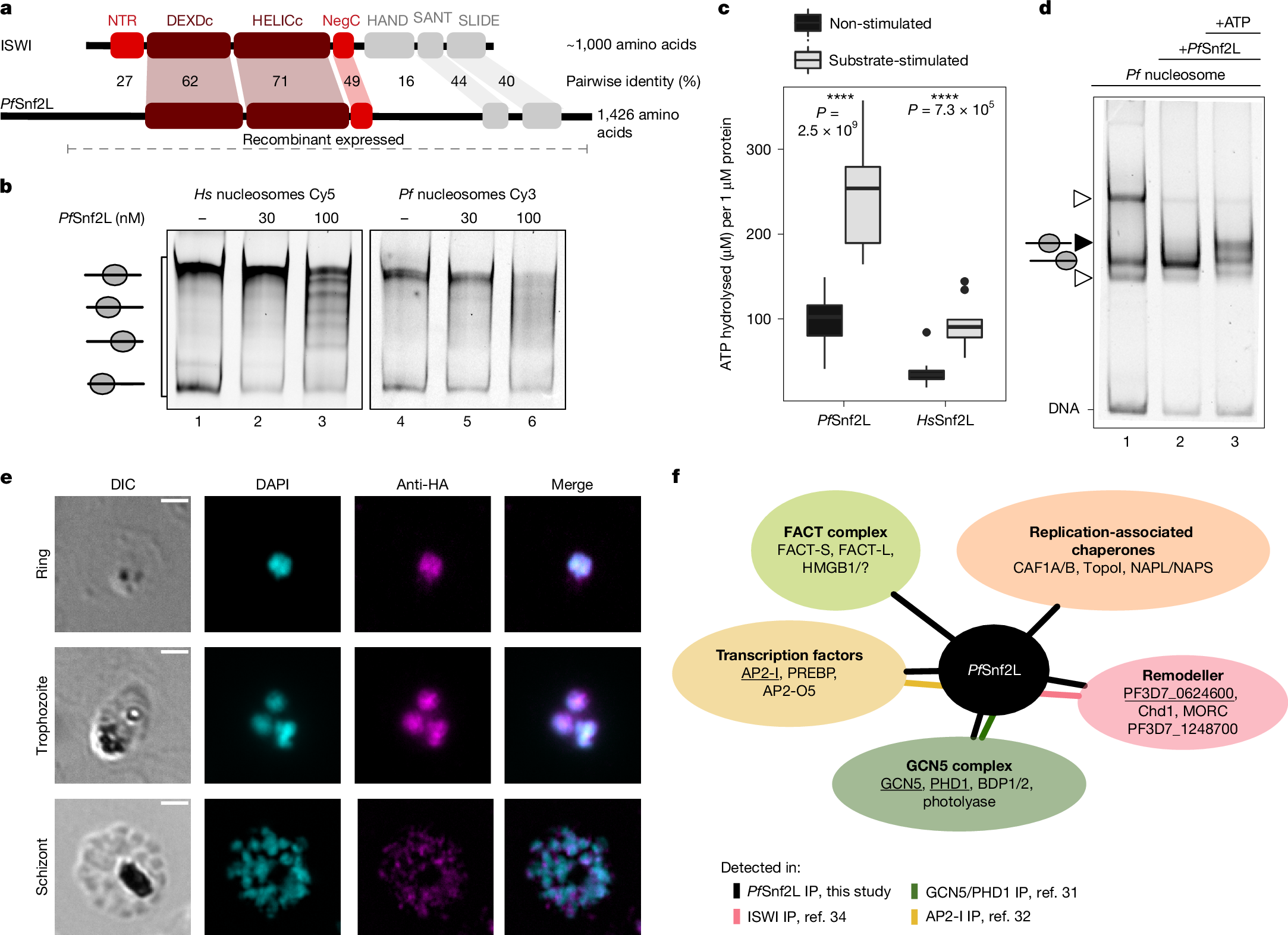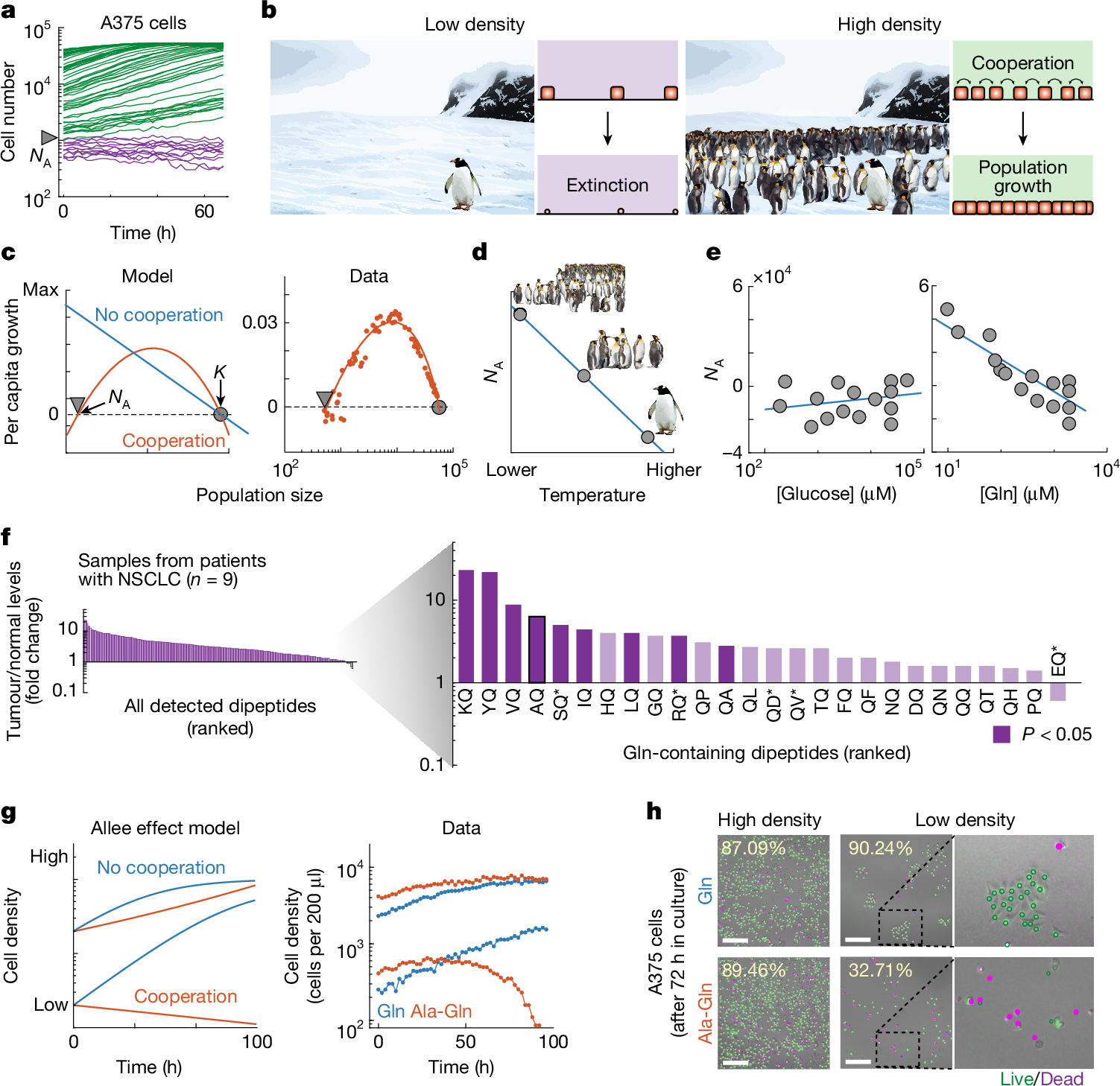2025-02-19 ミュンヘン大学(LMU)
<関連情報>
- https://www.lmu.de/en/newsroom/news-overview/news/promising-new-class-of-antimalarial-drugs-discovered.html
- https://www.nature.com/articles/s41586-025-08595-x
原虫の血液期発生にはクロマチンリモデラーSnf2Lが必要であることが判明(Plasmodium blood stage development requires the chromatin remodeller Snf2L)
Maria Theresia Watzlowik,Elisabeth Silberhorn,Sujaan Das,Ritwik Singhal,Kannan Venugopal,Simon Holzinger,Barbara Stokes,Ella Schadt,Lauriane Sollelis,Victoria A. Bonnell,Matthew Gow,Andreas Klingl,Matthias Marti,Manuel Llinás,Markus Meissner &Gernot Längst
Nature Published:19 February 2025
DOI:https://doi.org/10.1038/s41586-025-08595-x

Abstract
The complex life cycle of the malaria parasite Plasmodium falciparum involves several major differentiation stages, each requiring strict control of gene expression. Fundamental changes in chromatin structure and epigenetic modifications during life cycle progression suggest a central role for these mechanisms in regulating the transcriptional program of malaria parasite development1,2,3,4,5,6. P. falciparum chromatin is distinct from other eukaryotes, with an extraordinarily high AT content (>80%)7 and highly divergent histones resulting in atypical DNA packaging properties8. Moreover, the chromatin remodellers that are critical for shaping chromatin structure are not conserved and are unexplored in P. falciparum. Here we identify P. falciparum Snf2L (PfSnf2L, encoded by PF3D7_1104200) as an ISWI-related ATPase that actively repositions P. falciparum nucleosomes in vitro. Our results demonstrate that PfSnf2L is essential, regulating both asexual development and sexual differentiation. PfSnf2L globally controls just-in-time transcription by spatiotemporally determining nucleosome positioning at the promoters of stage-specific genes. The unique sequence and functional properties of PfSnf2L led to the identification of an inhibitor that specifically kills P. falciparum and phenocopies the loss of correct gene expression timing. The inhibitor represents a new class of antimalarial transmission-blocking drugs, inhibiting gametocyte formation.


